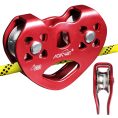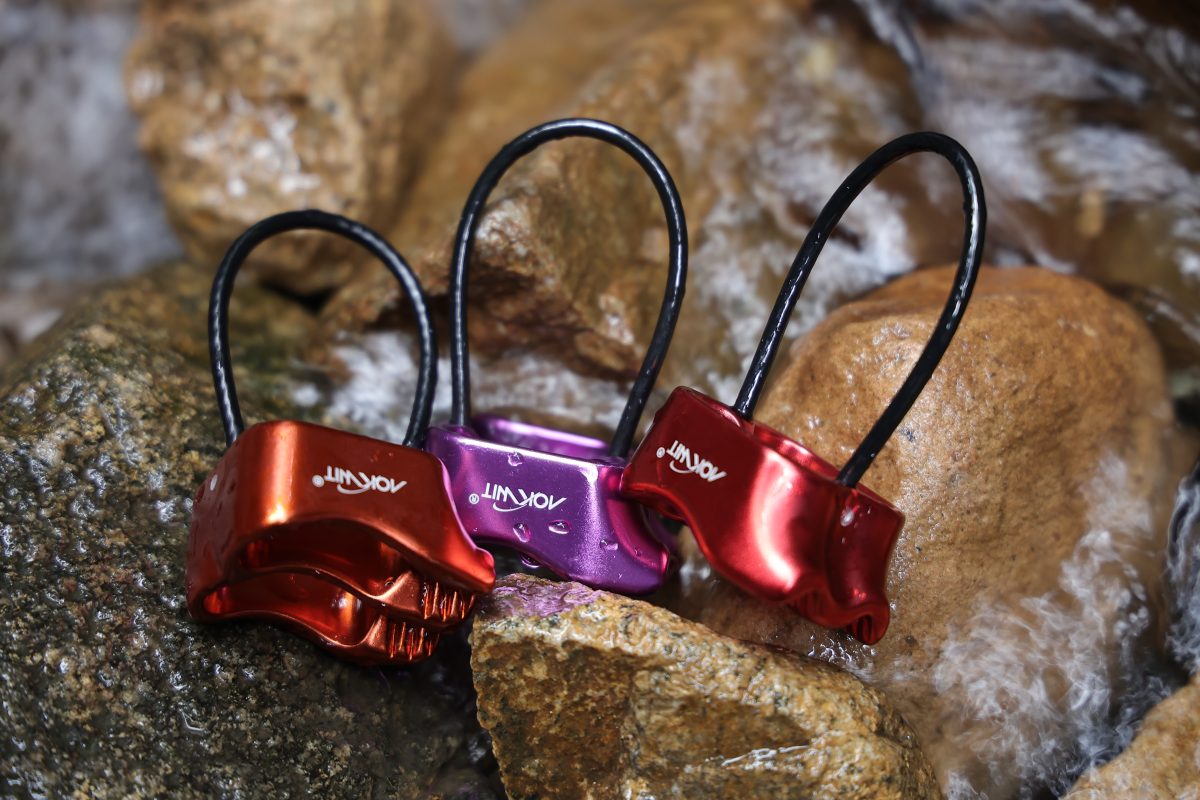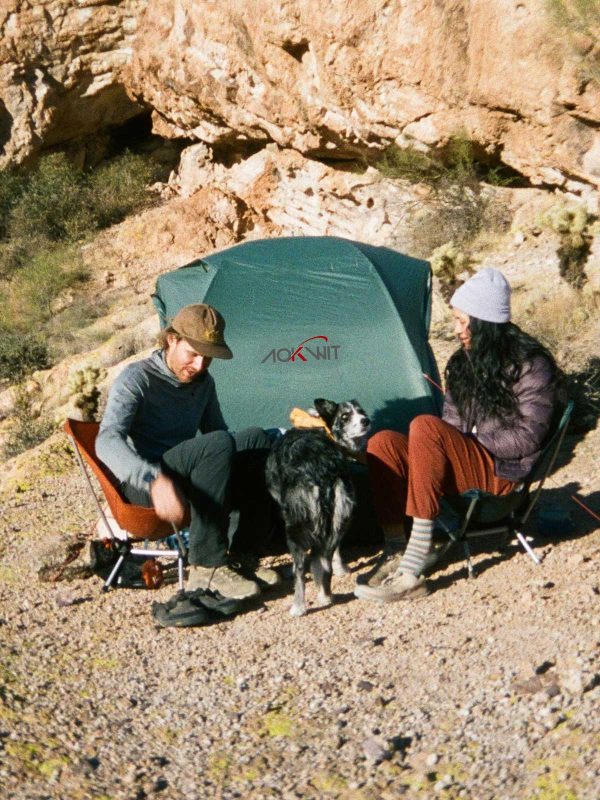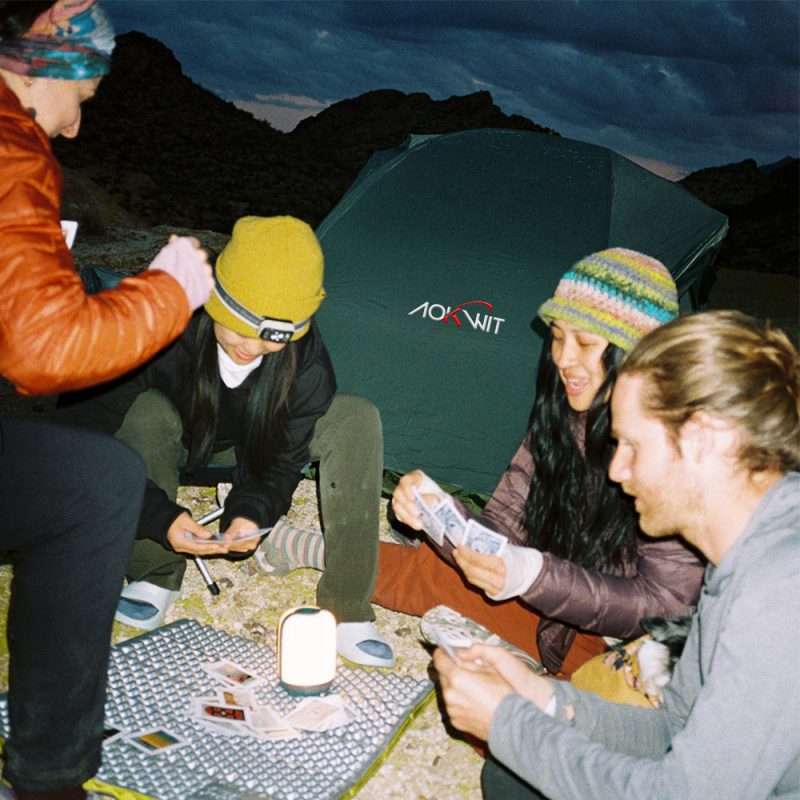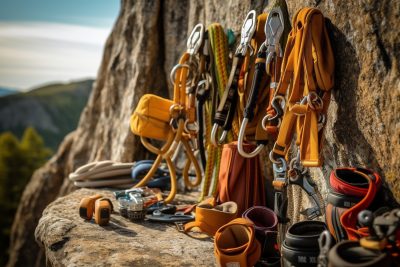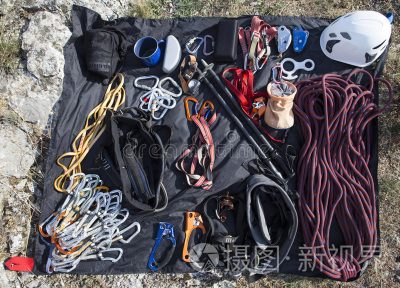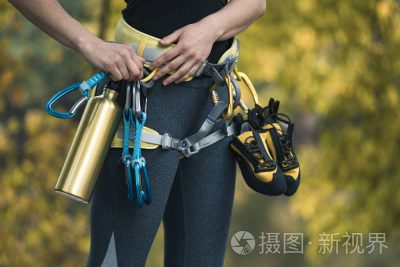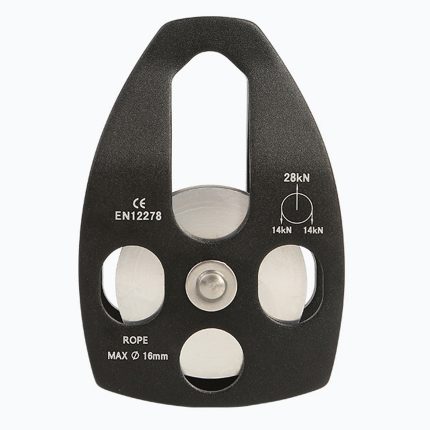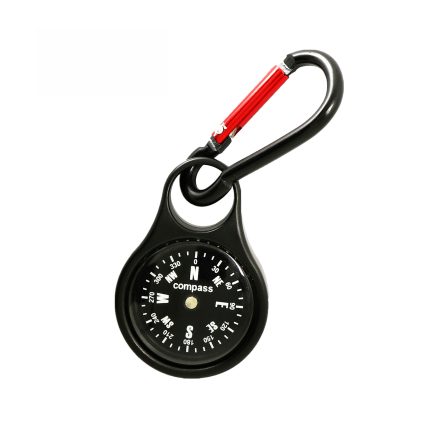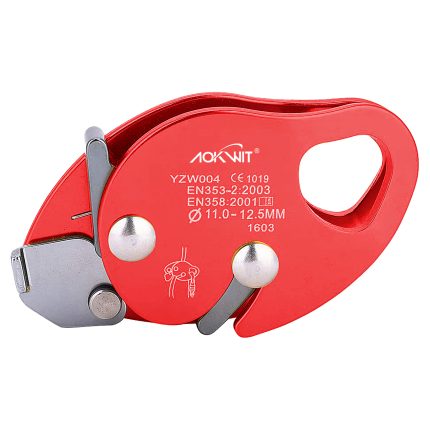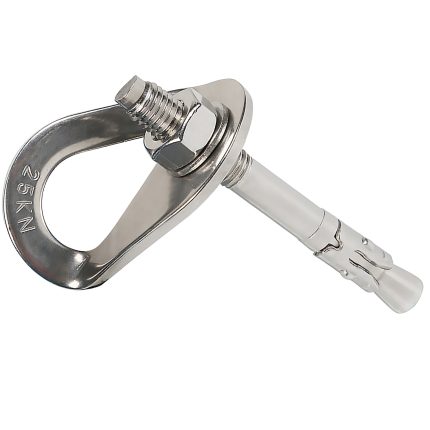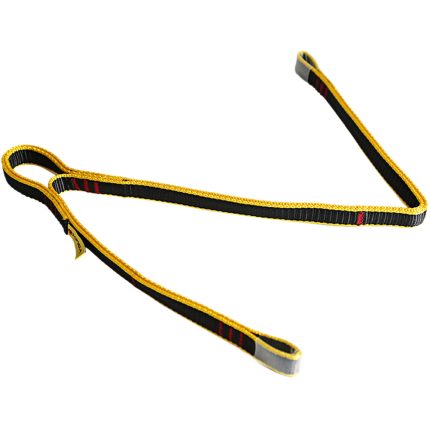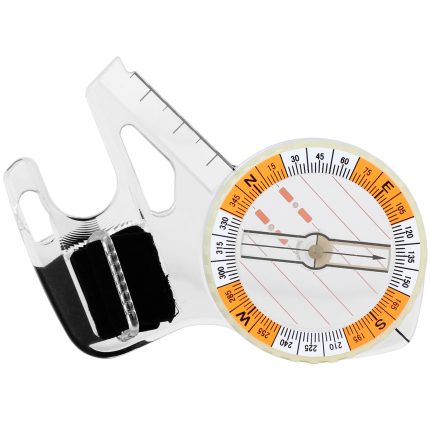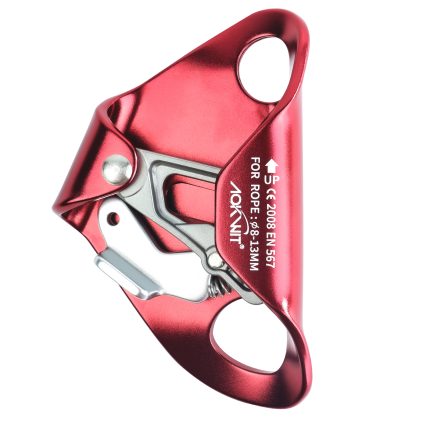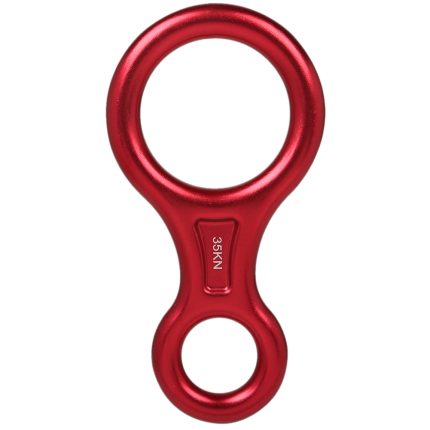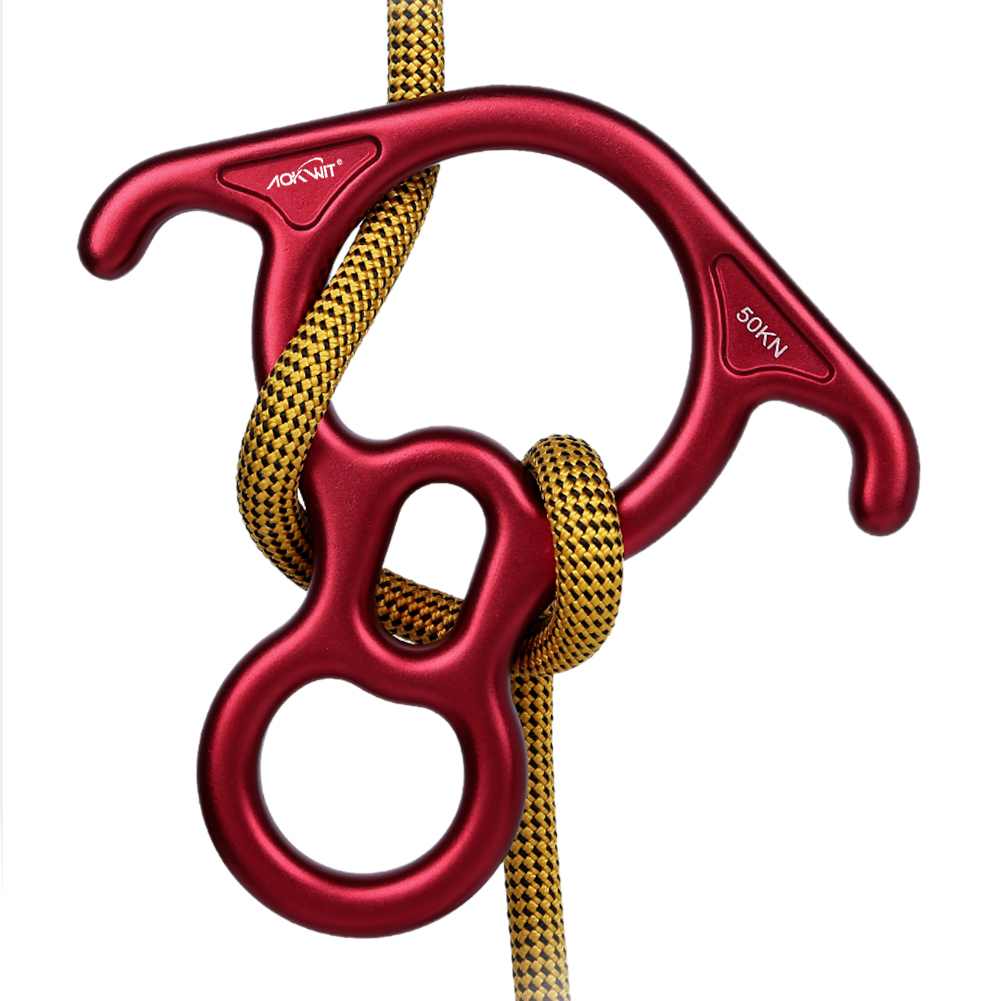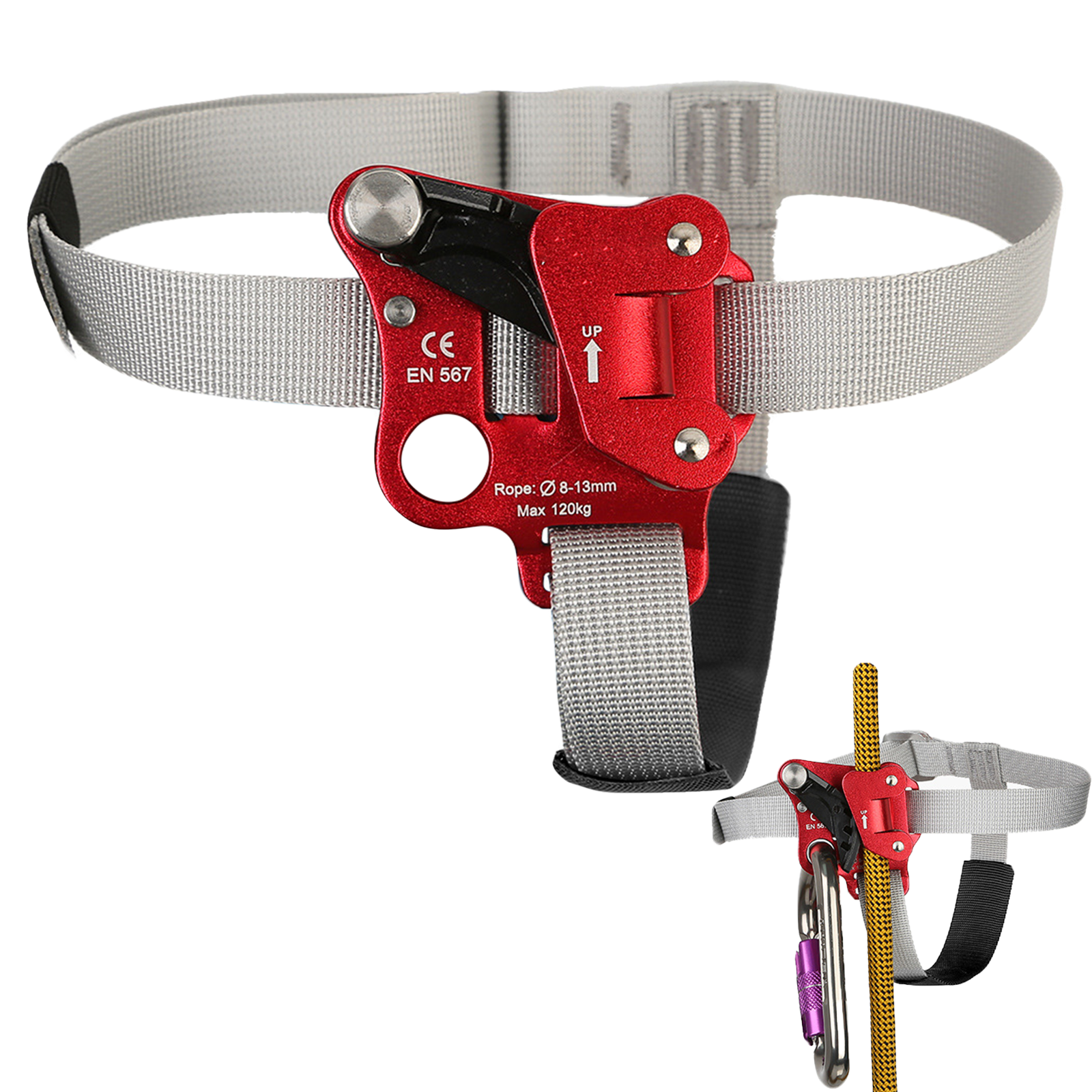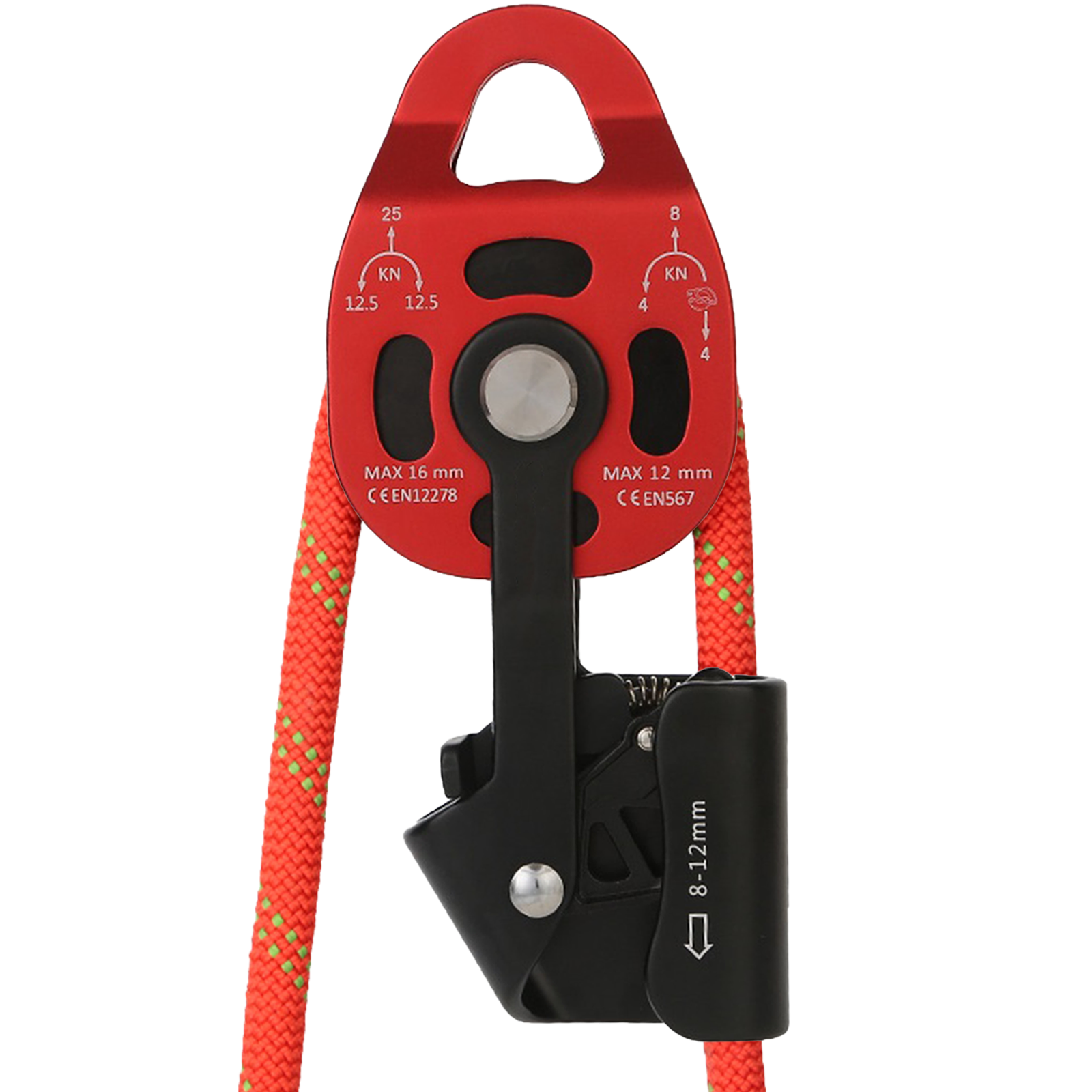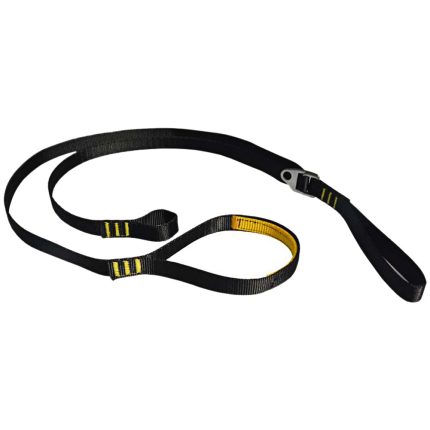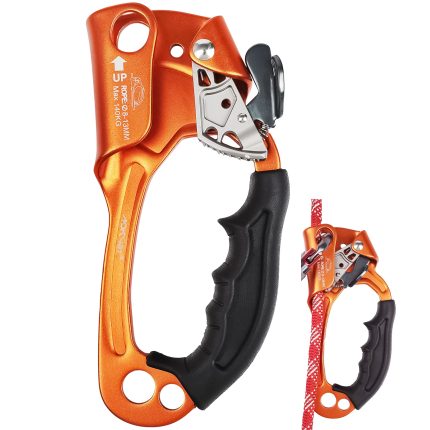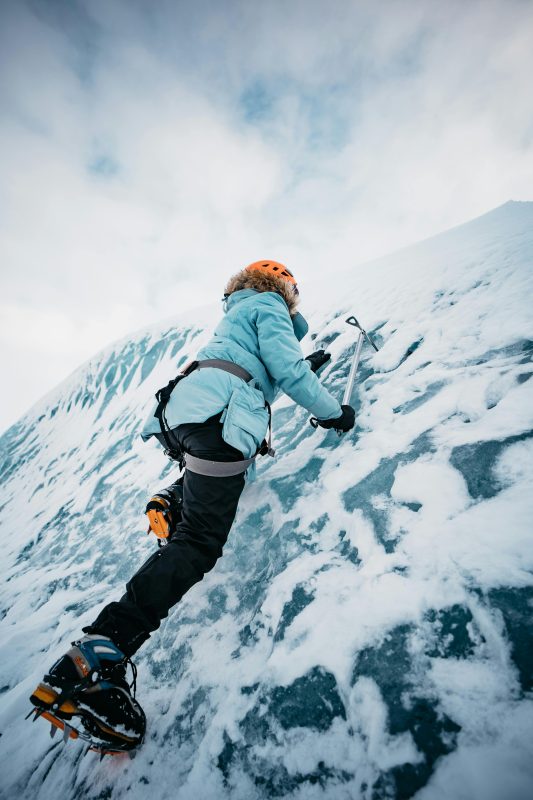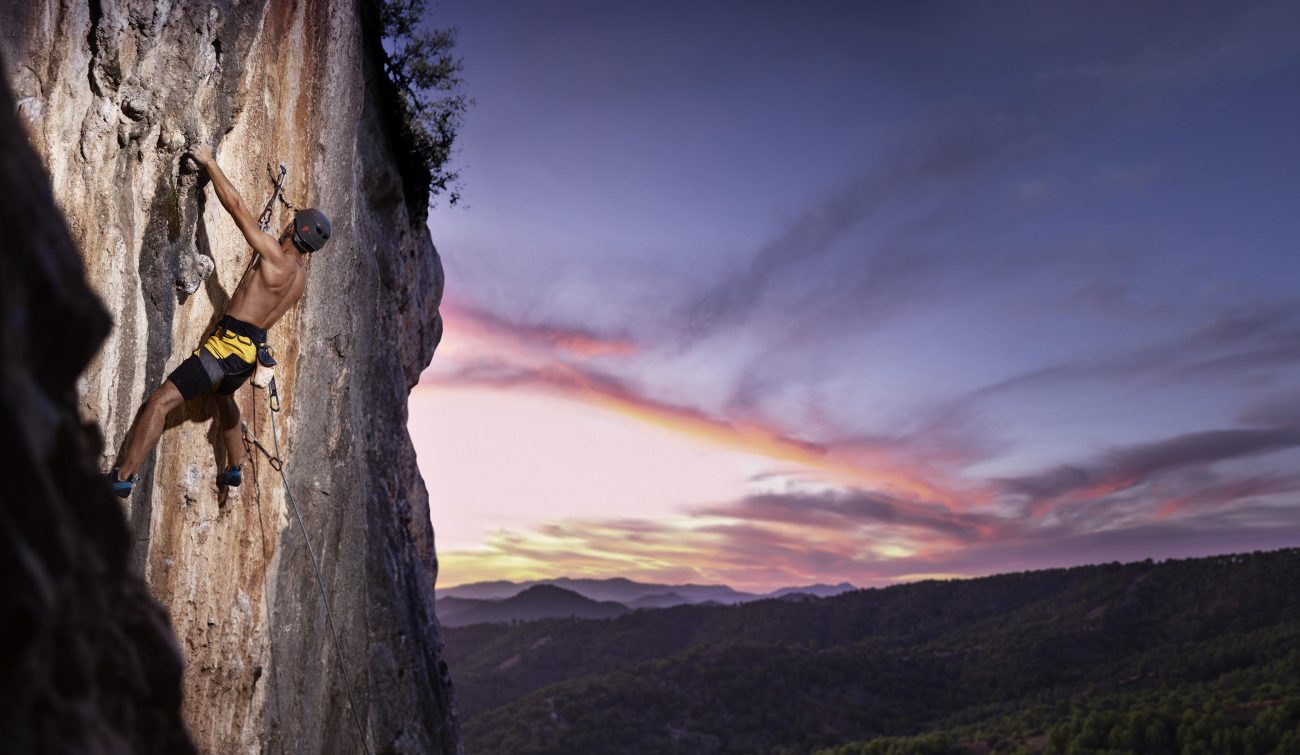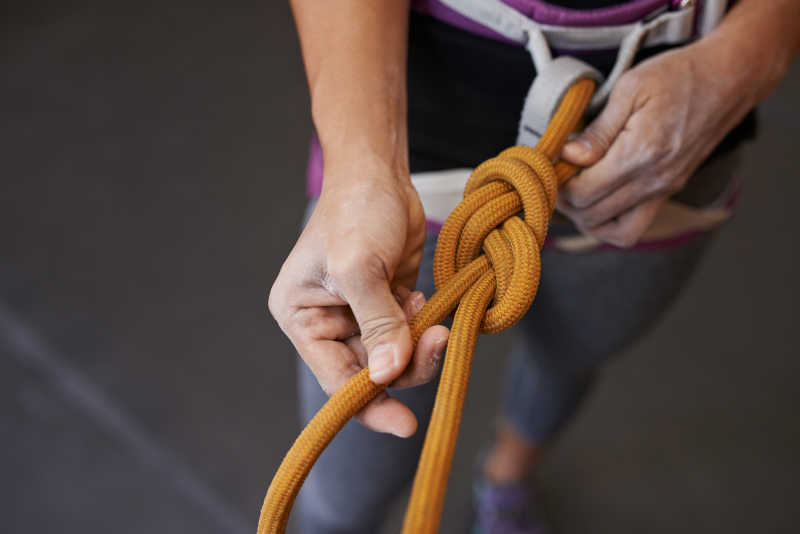Learning to Coordinate Upper and Lower Body in Rock Climbing – Utilize Your Waist and Legs
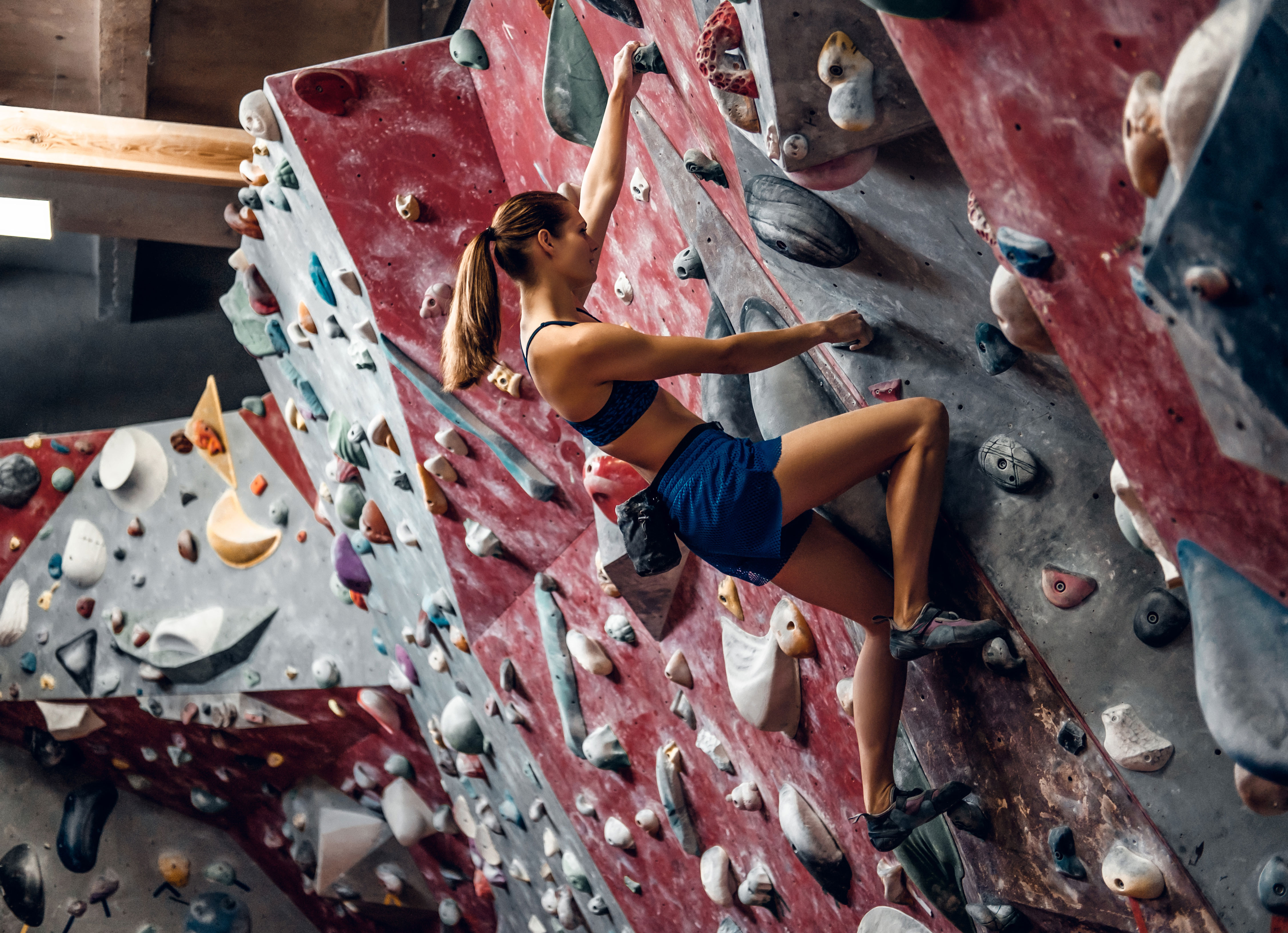
Online discussions often focus on strength training for the upper body, such as arms, forearms, and finger strength. However, overemphasizing upper-body training is a misconception, as rock climbing is a full-body sport.
When I first started climbing, I focused solely on upper-body strength and neglected the engagement of my waist and legs. Climbing felt like doing endless pull-ups, leaving me exhausted after just a few moves.
Only by strengthening the legs, waist, and core can one achieve noticeable improvements in coordination, efficiency, and overall comfort on the wall.
Rock climbing relies on three key areas: the upper body, waist/hips, and lower body.
I. Waist & Hips
1.Core strength directly impacts balance and coordination.
The waist and hips act as the body’s center. During lateral movements, whether left or right, the hips should lead by pushing toward the target direction. Then, bend the arms, drive with the legs, and shift your center of gravity. Essentially, weight transfer is achieved through hip rotation (thrusting or twisting).

2.Twisting the waist and hips reduces brute force on overhangs and roofs.
Initially, I struggled to control my body on roofs and steep overhangs, assuming it was due to weak fingers. Despite improving grip strength, I still felt inefficient. The solution lies in using the waist to coordinate upper and lower body synergy. Hip rotation and core engagement stabilize and lock the body, conserving energy.
3.Hip strength is critical for balance control.
During wide lateral moves, activating the core (contracting the abdominal and back muscles) helps recover balance when nearing the tipping point.

II. Core & Back Muscle Training Methods
- Abdominals: Focus on the rectus abdominis, internal/external obliques, transverse abdominis, and quadratus lumborum. These muscles enable spinal flexion (bilateral contraction), lateral flexion (unilateral contraction), and rotation. Train with exercises like sit-ups, hanging leg raises, and planks.
- Back muscles: Primarily the latissimus dorsi (responsible for arm extension, adduction, and rotation) and erector spinae (powerful spinal extensors). Train with pull-ups, rope climbing, lateral pulldowns, deadlifts, and weighted forward bends.
- Prone Superman: Lie face down with hands behind the head, lift the chest 30 cm off the ground while keeping legs and feet close to the floor. Hold for 30 seconds to 1 minute.
III. Legs & Feet
1.Dynamic power originates from the legs and glutes.
Dynamic moves rely on leg drive, while static locks and reaches depend on arm strength. Avoid wasting crucial upper-body energy on static moves when the next hold is a large jug. Short dynos or controlled jumps can efficiently bypass cruxes and save stamina.
2.One foot is better than two.
When climbing, place weight on one foot and use the other as a “rudder” to pivot your body around the weighted foot. This technique surpasses static two-foot balancing and benefits those with limited hip flexibility. Increasing pressure on the weighted foot while using the free leg for balance lowers your center of gravity, allowing straighter arms and energy conservation.

3.Ankle and toe strength matter.
Small footholds often require standing on tiptoes, akin to ballet. Ankle and toe strength determine stability (especially noticeable in ice climbing). On roofs or high steps, actively curling the toes downward enhances power transfer.

IV. Leg Training Methods
Leg muscles:
- Quadriceps (front thigh): Trained with weighted squats, frog jumps.
- Hamstrings (rear thigh): Trained with weighted leg curls, kickbacks.
Ankles and toes: Strengthen via weighted calf raises, hopping drills, and toe-focused exercises.
